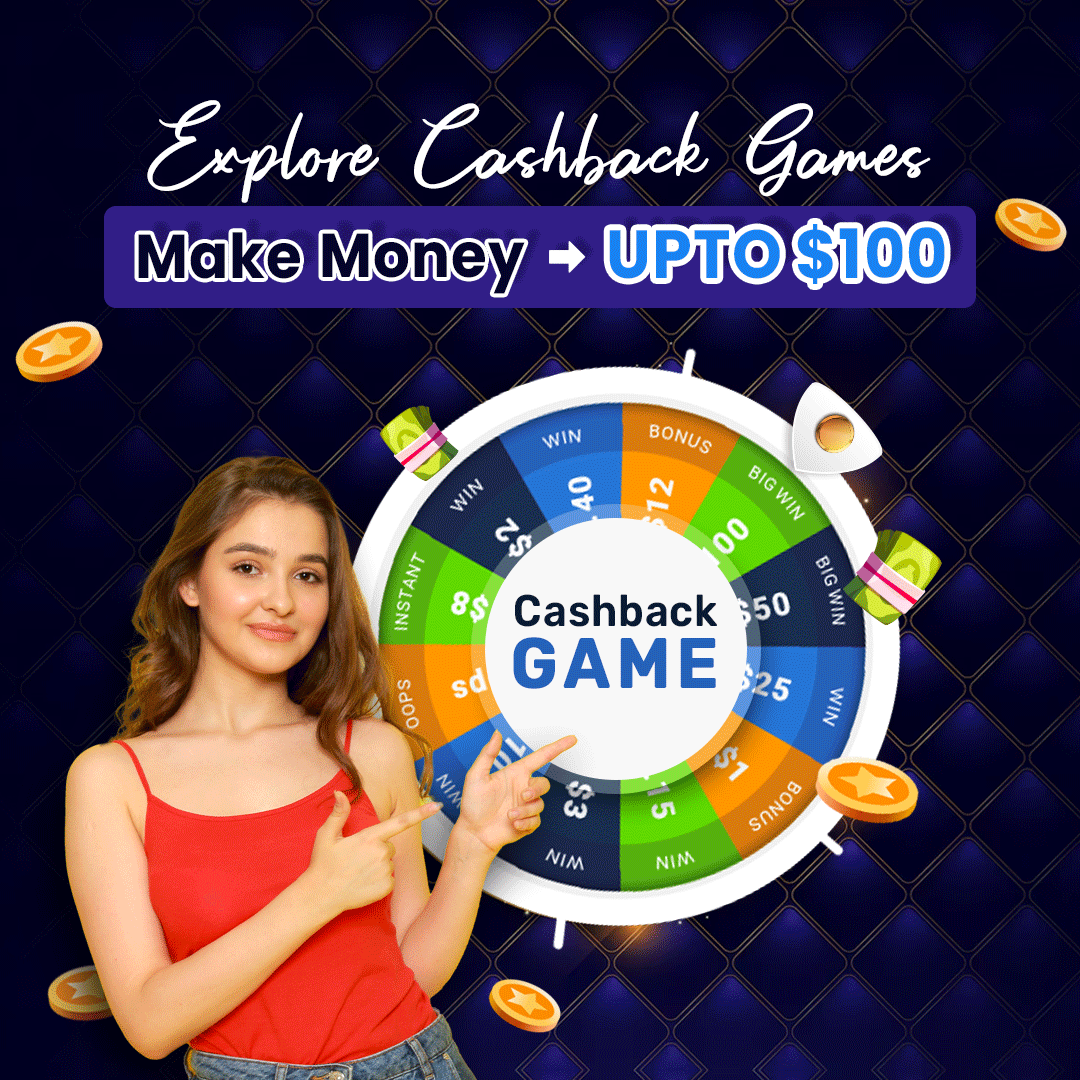Crossword puzzles have long been a beloved pastime for many, combining elements of trivia, vocabulary, and lateral thinking. With the advent of advanced AI like ChatGPT, one might wonder: can this cutting-edge technology tackle the intricacies of crossword puzzles? In this blog, we will explore this intriguing question by examining how ChatGPT works, its strengths and limitations, and how it performs in the context of solving crossword puzzles.
Understanding ChatGPT
What is ChatGPT?
ChatGPT is an advanced language model developed by OpenAI, based on the GPT-4 architecture. It is designed to understand and generate human-like text based on the input it receives. This capability allows it to engage in conversations, write essays, generate creative content, and even answer trivia questions. But can it solve crossword puzzles?
The Mechanics of Crossword Puzzles
Structure and Rules
Crossword puzzles consist of a grid of white and black squares. The goal is to fill the white squares with letters, forming words or phrases that match given clues. Clues can be straightforward definitions, synonyms, or more complex wordplay involving puns and anagrams. Solving crosswords requires not only a strong vocabulary but also the ability to recognize patterns and think laterally.
Can ChatGPT Solve Crosswords?
Strengths of ChatGPT
ChatGPT excels in understanding and generating language. It has access to a vast amount of information and can provide definitions, synonyms, and explanations. When given a clue, ChatGPT can offer potential answers based on its training data. For example, if asked for a synonym for “happy,” it can quickly respond with “joyful” or “elated.”
Limitations of ChatGPT
Despite its strengths, ChatGPT faces several challenges with crosswords:
1. Context and Ambiguity: Crossword clues often rely on context and can be ambiguous. A single clue might have multiple valid answers, and without the broader context of the puzzle, ChatGPT might struggle to choose the correct one.
2. Wordplay and Puns: Many crossword clues involve wordplay, requiring a deep understanding of the language nuances and cultural references. ChatGPT, while proficient in language, may not always catch the subtleties of puns or complex wordplay.
3. Grid Integration: Solving a crossword involves fitting answers into a grid where they intersect with other words. ChatGPT isn’t inherently equipped to handle the spatial reasoning required to manage these intersections and ensure all words fit correctly.
Practical Example
To illustrate, let’s consider a simple clue: “A fruit (5 letters).” ChatGPT might suggest “apple,” “grape,” or “lemon,” all correct answers given the clue alone. However, if the correct answer needs to intersect with other words in the grid, the AI might not be able to make the necessary connections without additional programming and context.
Enhancing ChatGPT for Crossword Solving
Combining AI with Human Skills
One potential approach to enhancing ChatGPT’s crossword-solving abilities is to combine its linguistic capabilities with the spatial and contextual reasoning of humans. For instance, humans can provide the grid and intersections, while ChatGPT suggests possible answers for each clue. This collaborative method leverages the strengths of both parties.
Specialized Training
Another approach is to train a version of ChatGPT specifically for crossword puzzles. This specialized model could be exposed to numerous crossword grids and solutions, learning the patterns and strategies used by experienced solvers. Over time, this model could become more adept at recognizing the types of wordplay and context commonly found in crosswords
Implications of AI in Puzzle-Solving
Advancements in AI
The ability of AI to solve crossword puzzles represents a significant milestone in natural language processing and understanding. It showcases the potential of AI to handle complex, language-based tasks that require more than just surface-level comprehension.
Educational Tools
AI like ChatGPT can serve as educational tools, helping individuals improve their vocabulary and problem-solving skills. By interacting with AI, users can learn new words, understand different types of wordplay, and develop strategies for solving crosswords.
Entertainment and Beyond
Beyond educational uses, AI in puzzle-solving can enhance entertainment. Imagine a personal AI crossword assistant that helps you solve tricky clues or even generates custom puzzles based on your interests and skill level.
The Future of AI and Crosswords: A Collaborative Dance?
While AI may not be ready to dethrone crossword champions just yet, the future holds promise for collaboration. Imagine a system that combines ChatGPT’s linguistic prowess with a dedicated crossword-solving algorithm that factors in intersecting letters and wordplay.
Such a system could offer real-time hints and suggestions, helping users overcome tricky clues without spoiling the entire puzzle. It could even personalize the experience, adjusting difficulty based on the user’s skill level.
This collaborative approach could enhance the crossword experience, making it more accessible and engaging for a wider audience.
Conclusion: ChatGPT – Not Quite a Crossword Champ, But a Promising Partner
Can ChatGPT solve a crossword puzzle entirely on its own? The answer, for now, is no. However, its ability to understand and manipulate language makes it a valuable tool in the crossword enthusiast’s arsenal. As AI technology continues to evolve, we might just see the emergence of a powerful ChatGPT-based crossword companion, ready to guide us through even the most perplexing puzzles.
So next time you’re stuck on a clue, don’t despair. While AI might not have all the answers yet, it could be just the partner you need to crack the code and emerge victorious.
